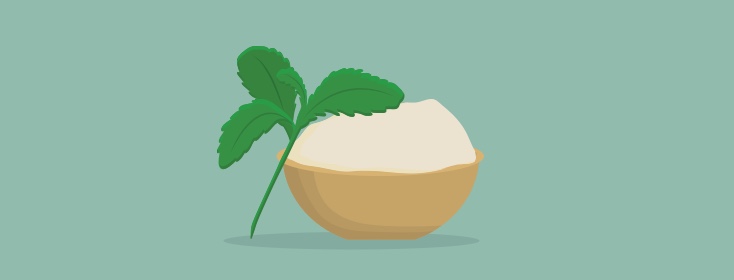Natural Sugar Options and Diabetes
There are so many different options for sugar on the shelves today it is hard to know which is the best choice. Many say they are natural, or plant-derived, but what does that really mean?
Natural sugar options for type 2 diabetes
Here are a few of today’s top sweetener choices and their affects on diabetes.
Fructose
Better known as the sugar we get from fruit. Many have heard that eating fructose from fruit is better for people with diabetes than regular table sugar. The answer is complicated. Yes, fruits are a better choice than desserts. But we still need to be mindful of our choices to receive the best benefits without the surge in blood sugar. Choosing fruits that are high in fiber will always be better for blood sugar levels. This way the release of glucose into the blood will be slower, helping to avoid a sharp rise in blood sugar. Some examples of fruit that are high in fiber are blueberries, avocado, strawberries and watermelon. Other higher sugar content fruits are by no means off-limits, but should be eaten in moderation due to their quick release of carbohydrates. Some examples are grapes and bananas. Also remember that all dried fruits are very high in sugar and some even contain added sugars such as fruit juice. The best way to ensure a balanced intake of fructose is to choose the high fiber options and keep track of your carbohydrate intakes, while monitoring the way your blood sugar reacts to certain foods. Each person is different and may have different reactions.
Agave
Plant-derived, this sweetener comes from the same plant used to make tequila and is grown in Mexico. Its most often touted for its low glycemic index. The glycemic index is a way we measure how quickly glucose in food is digested and enters the bloodstream. The truth about agave is that we don’t eat its raw nectar, but instead a highly-processed sweetener from it. Most importantly, “the American Diabetes Association lists agave as a sweetener to limit, along with regular table sugar, brown sugar, honey, maple syrup, and all other sugars."1
Stevia
The Stevia plant is grown in Paraguay and Brazil. It is calorie–free due to the fact that it is poorly absorbed by the body and therefore moves through the GI tract and is excreted in the urine. The part of the plant used as a sweetener is called steviol glycolosides. The FDA says "These high-purity steviol glycosides may be lawfully marketed and added to food products sold in the United States. However, stevia leaf and crude stevia extracts are not considered generally recognized as safe and do not have FDA approval for use in food."2 The Academy of Nutrition and Dietetics wrote a position paper reviewing “five randomized clinical trials examining the effects of Stevia compared with placebos on metabolic outcomes. The studies reported minimal to no effects on blood glucose, insulin levels, hypertension, and body weight."3 Basically, blood sugars were unaffected by intake of Stevia. Please speak with your physician if you are considering or using Stevia as a supplement.
Tips to remember
- Fructose from fruit can be enjoyed in the healthy diabetes lifestyle, especially high fiber choices.
- Agave should be limited or avoided.
- Stevia has not been approved by the FDA for use in food.
- Always discuss any questions or concerns with your physician.

Join the conversation